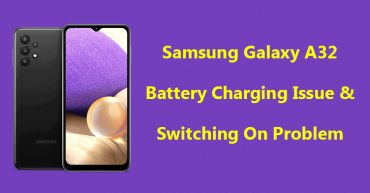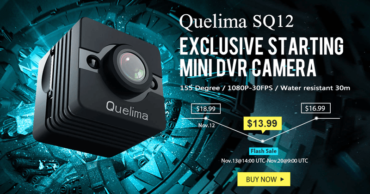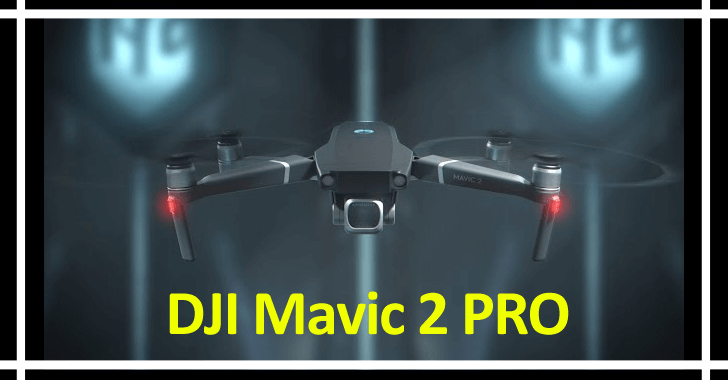
DJI Mavic 2 PRO Review, Price, Features, Specs & Design
Similar in appearance to its predecessor Mavic Pro, the DJI Mavic 2 Pro is a ready-made drone for professional aerial photography and video tasks, which improves not only your camera but also other basic issues such as flight time, speed, less noise, and more.
Now we will go into little depth, as below we will talk about all its key aspects like:-
- Size & Weight
- Battery & Charging time
- Control & Flight distance
- Camera
- Stability & Sensor
- Intelligent flight modes
Table of Contents
DJI Mavic 2 PRO Review
Size & Weight
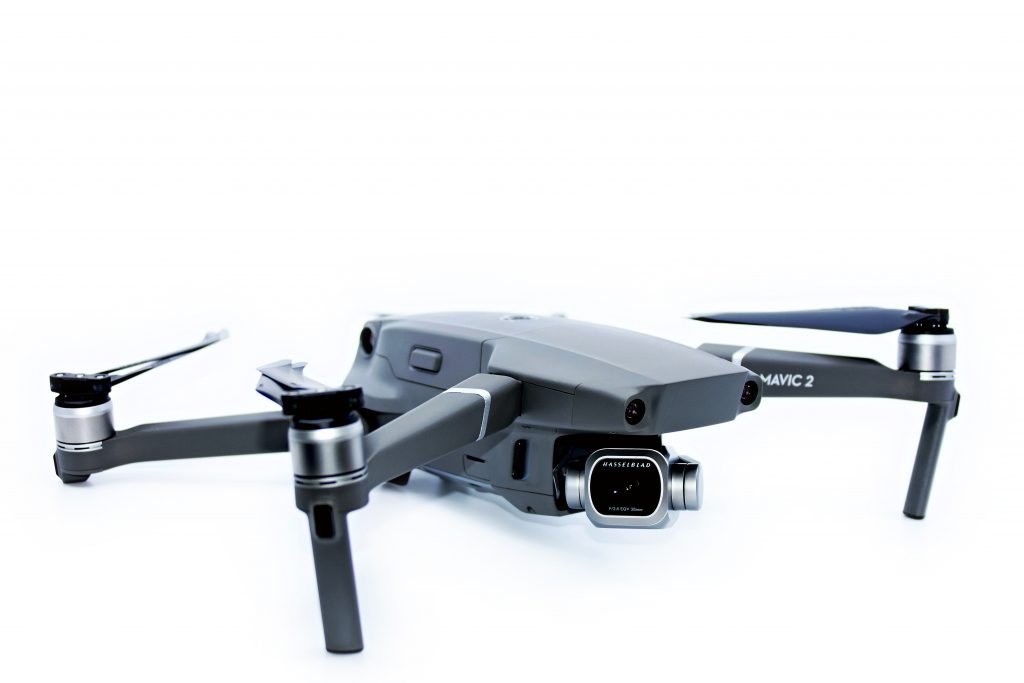
Like its previous version, the DJI Mavic 2 Pro is a drone whose arms and propellers can be folded for easy transport and it makes it compact.
In this way, its size is 21.4 x 9.1 x 8.4 centimeters when folded, while with the arms open and the propellers ready to fly, the drone covers the dimensions of 32.2 x 24.2 x 8.4 centimeters.
The weight of the DJI Mavic 2 Pro is 907 grams, making it especially light for the professionals, and also enhancing its performance. However, it should be remembered that despite its lightness, its weight subjects it to certain restrictions.
To facilitate its folding, the DJI Mavic 2 Pro does not include protectors for the propellers, nor does its design include any slots that allow their addition. While its sensors to avoid collisions autonomously make the use of this type of protector unnecessary.
You May Also Like: Hubsan H216A X4 DESIRE PRO – Drone That Comes With 1080P WiFi Camera
Battery & Charging time
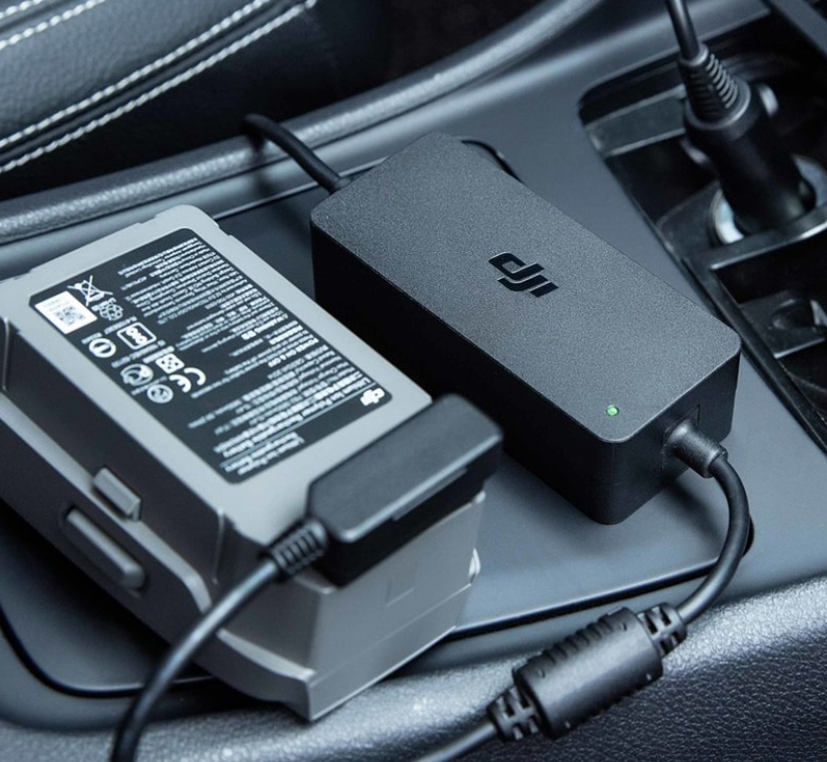
The DJI Mavic 2 Pro has a flight autonomy that reaches 31 minutes, as in its predecessor DJI Mavic the autonomy is 21 minutes.
However, as always, in the case of drones, the maximum flight duration is always estimated assuming the best possible conditions for the drone-like:-
- No wind that makes it constantly correct the trajectory.
- The power at which the engines perform to move as fast as possible.
So, by noticing these two situations it is appropriate to be cautious and unofficially subtract a few minutes of autonomy from its maximum capacity.
As for the charging time, then let me clarify that the DJI Mavic 2 Pro battery charging time is about an hour and a half. DJI offers the Mavic 2 chargers for both common home and car plugs, as well as a charger to charge several batteries simultaneously.
But, DJI also offers high-capacity external batteries; These are not compatible with the drone itself, but rather, once charged, allow the drone’s own batteries to be charged anywhere, in short, they work like a power bank.
Finally, as is conventional in DJI drones, the Mavic 2 Pro includes automation that warns the pilot when the battery is low and that, in this case, they can make the pilot land or return to the take-off point before the launch.
Control & Flight distance
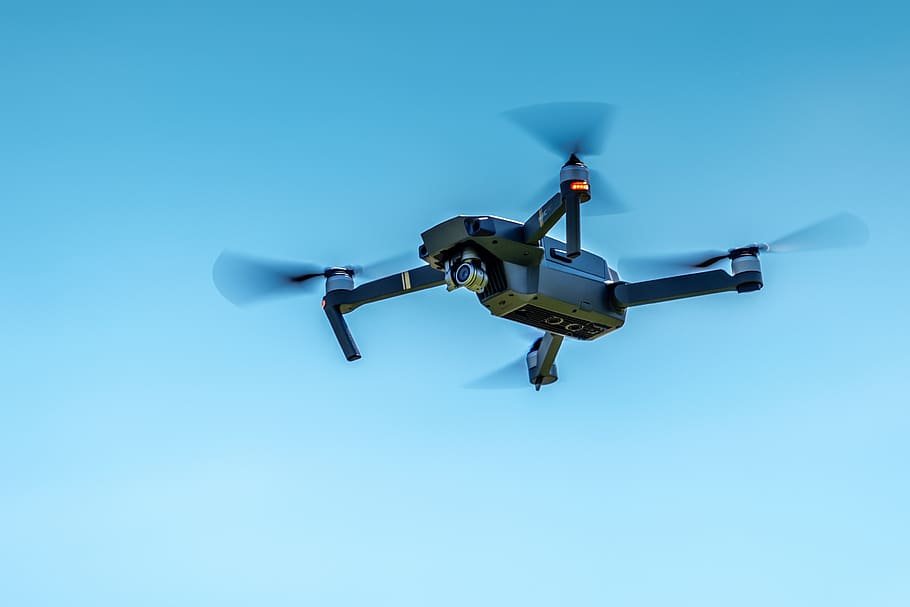
The DJI Mavic 2 Pro can be controlled mainly in three different ways:-
- Exclusively using the included dedicated controller or the DJI Smart Controller.
- Using a smartphone with the DJI Go 4 application.
- Using its automation and intelligent flight modes.
The remote control that includes the DJI Mavic 2 Pro weighs 320 grams, and its battery offers a range of 135 minutes. And the charging time of the DJI Mavic 2 Pro remote control battery is also around 135 minutes.
Regarding the range or flight distance, in manual mode, the DJI Mavic 2 Pro can reach up to 8000 meters of distance before losing the signal.
Thanks to the fact that it includes geographic positioning systems (GPS and GLONASS), you can choose to fly the drone in automatic mode. In this case, with intelligent flight modes, the flight distance from the take-off zone can be up to almost double.
As far as flight modes are concerned, in addition to the headless mode (the controls are not reversed when changing the orientation of the drone during flight), the DJI Mavic 2 Pro comes with three: the Positioning mode (P mode), the Sport mode (S mode), and the Tripod mode (T mode).
- P mode: In this mode, it uses both GPS positioning systems and artificial vision systems to stabilize the flight automatically and fly safely between obstacles, so it is important to use this flight mode when the GPS signal from the drone is strong.
- S mode: In this mode, the drone’s anti-collision sensors are deactivated to allow it to fly at maximum speed (72 km/h or 20 m/s). But, you have to be careful when using this flight mode, as in this case, the drone will not avoid obstacles autonomously.
- T mode: In this mode, the speed of the drone decreases until it reaches a maximum speed of 1 meter per second. This helps you further stabilize your flight while shooting videos or photos.
Moreover, one of the most interesting features of the DJI Mavic 2 Pro is its ability to fly in winds of up to 38 km/h, and this feature also highlights its key enhancements.
You May Also Like: Xiaomi Mi Drone 4K UHD WiFi FPV Quadcopter
Camera
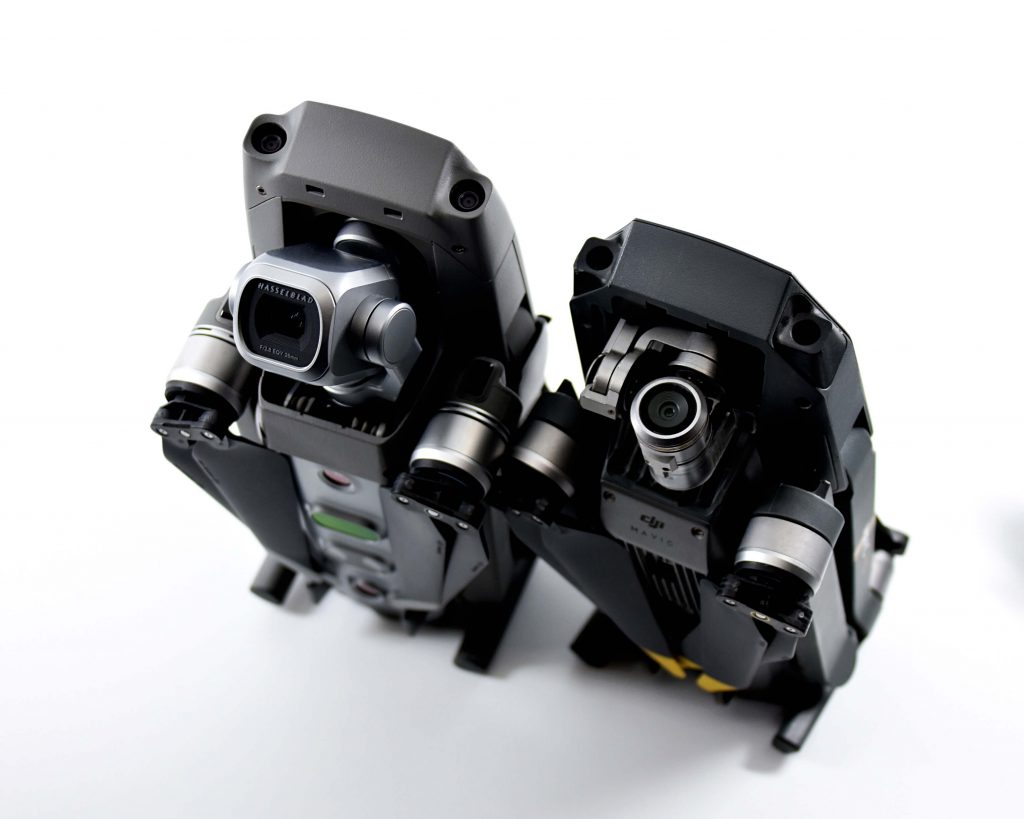
The DJI Mavic 2 Pro camera is the result of the association between the Chinese drone manufacturer and the Swedish camera company Hasselblad, manufacturer of this type of device since 1941.
It is precisely in this camera that the main difference of this model lies. As its one-inch CMOS sensor coupled with Hasselblad Natural Color Solution (HNCS) technology that allows you to shoot high-quality photos and videos, taking full advantage of the camera’s electronics to obtain the best possible color detail, even in low-light conditions.
The latter, in addition, is enhanced by the adjustable aperture of the camera, which ranges from f/2.8 to f/11. The 20-megapixel camera allows you to take photos with a resolution of up to 5472 x 3648 that can be in both JPEG and DNG (RAW) formats.
On the other hand, in addition to the classic mode for taking individual photographs, it also allows taking them in burst mode (3 to 5 photographs per shot).
With regard to video, the DJI Mavic 2 Pro camera allows recording in 4K resolution (3840 x 2160 up to 30 frames per second (FPS)), 2.7K (2688 x 1512 up to 60 FPS), and Full HD (1920 x 1080 up to 120 FPS).
The camera’s field of view (FOV) is 77 degrees, and the DJI Mavic 2 Pro’s gimbal provides three-axis stabilization. While if we talk about its internal storage, then let me tell you guys that this drone has a capacity of 8 GB expandable with a 128 GB microSD card.
Stability & Sensors
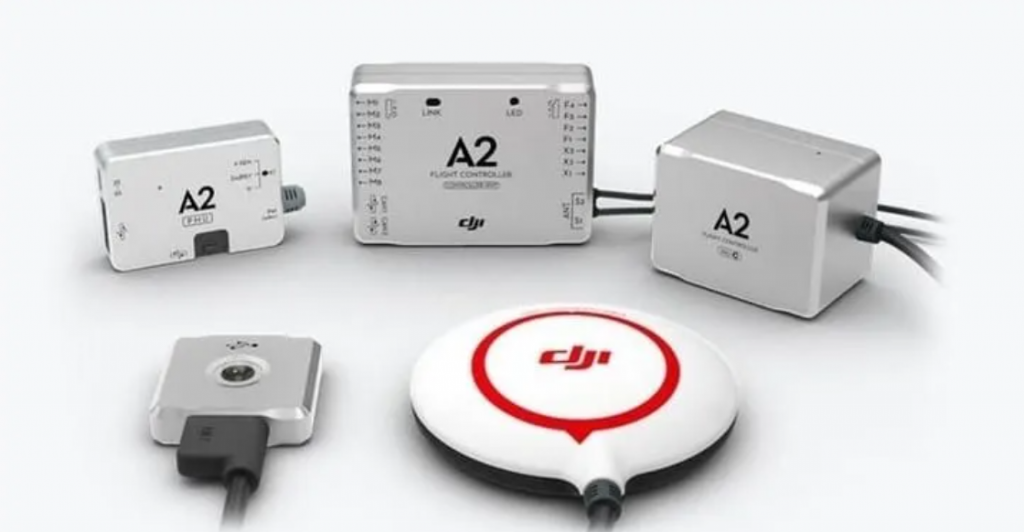
The DJI Mavic 2 Pro has sensors on its six sides, thus creating an omnidirectional vision system. This allows you not only to control the flight height automatically but also to create around you an obstacle avoidance pseudosphere that works with both intelligent and automatic flight modes, as well as semi-automatic flight mode (P-mode) in which the pilot only controls some variables of the flight like the orientation of the drone.
The main components of the front, rear and down vision systems are six camera sensors, while the side vision systems consist of two cameras, each one on either side of the drone.
The main components of the upstream and downstream infrared detection systems are two 3D infrared modules located on the top and bottom of this aircraft.
The downward vision system and infrared detection system help the DJI Mavic 2 Pro maintain its current position and stay in place with great precision.
The infrared perception and vision system allows DJI Mavic 2 Pro to fly in closed places or in other areas where the GPS signal is not strong enough.
Finally, like other DJI drones such as the Mavic Air, the DJI Mavic 2 Pro uses the “Advanced Pilot Assistance System” (APAS) technology, it allows pilots to fly the drone forward and backward, avoiding obstacles automatically.
Using APAS, the DJI Mavic 2 Pro can plan an alternate flight path to automatically avoid such obstacles during flight. It should be noted that the DJI Mavic 2 Pro’s APAS feature only works with obstacles in front of and behind the drone.
The DJI Mavic 2 Pro will have difficulty avoiding obstacles coming from the sides, as well as it may not function properly in snowy environments or near bodies of water and where the brightness is excessive (more than 10,000 lx) or too low (less than 300 lx).
You May Also Like: Leader 120 FPV Racer: Meet The 120mm FPV Racing Drone
Intelligent flight modes
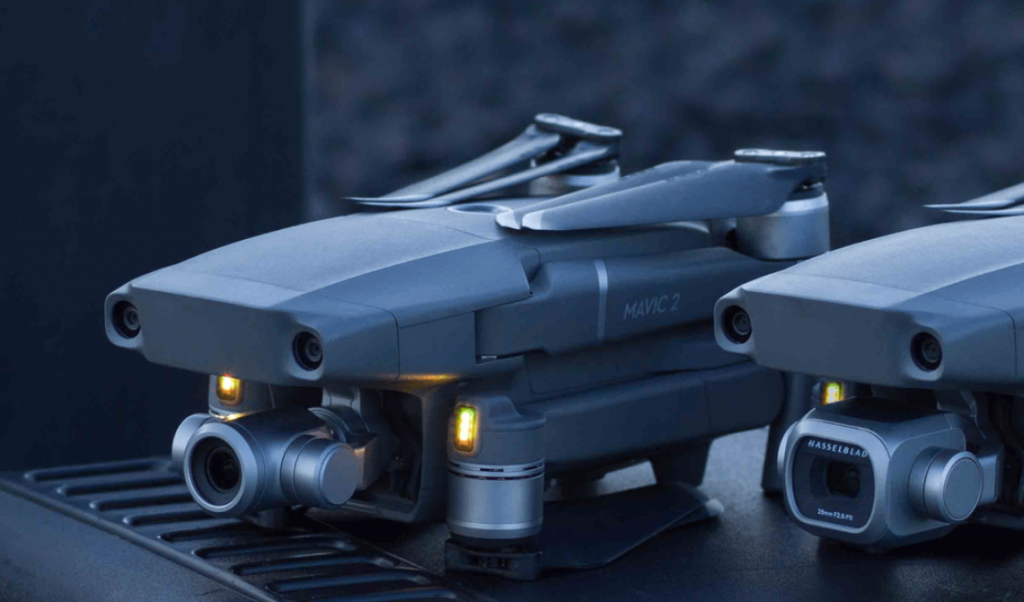
The DJI Mavic 2 Pro includes the following intelligent flight modes:-
- Hyperlapse
- Point of interest
- Active Track (active tracking)
- QuickShots
- Waypoint Navigation
- TapFly
- Cinematic mode
Hyperlapse
The hyperlapse mode of the DJI Mavic 2 Pro includes four sub-modes that we have mentioned below:-
- Free mode: In this mode, the DJI Mavic 2 Pro takes pictures automatically and generates a timelapse.
Orbit mode: In this mode, the DJI Mavic 2 Pro flies around a selected element, takes photos of it, and generates a timelapse. - Fixed heading: In this mode, the DJI DJI Mavic 2 Pro quadcopter maintains a fixed orientation and generates a timelapse in two different ways, either by selecting a target and flying around it or without selecting a target.
- Trajectory: In this mode, a predefined trajectory is established by the DJI Mavic 2 Pro that takes between two to five reference points, taking photographs along the route and thus generating a timelapse.
Point of interest
This intelligent flight mode of the DJI Mavic 2 Pro works by selecting a static object (for example a monument) as the point of interest.
Next, the radius of the circle that encompasses the selected point of interest is adjusted (thus creating the perimeter in which the drone will fly), the flight altitude is adjusted, and finally, the speed that the drone will have.
Moreover, the DJI Mavic 2 Pro will fly around the target using the indicated settings and taking videos or photos.
Active track
The active tracking mode of the DJI Mavic 2 Pro can detect up to 16 people or other elements like cars, boats, bicycles, etc., from which to choose the one to follow.
Once the target is selected, then the ActiveTrack mode of DJI Mavic 2 Pro has three different sub-modes to choose from:-
- Trace mode: In this mode, the drone follows the target at a constant distance.
- Profile mode: In this mode, the Mavic 2 follows the target at the same front and side distance, as well as constantly maintaining the angle of view.
- Spotlight mode: In this mode, the aircraft does not follow the target automatically, but it does keep the camera pointing at it at all times.
Quickshots
The Quickshots mode is mainly focused on making the DJI Mavic 2 Pro fly by taking certain automatic references like the flight orientation, trajectory, target, etc. In this way, the operator is allowed to focus exclusively on taking videos or photographs.
This mode includes six sub-modes and here they are mentioned below:-
- Dronie: In this mode, the Mavic 2 Pro fixes a target and flies up and back, pointing the camera towards the designated place.
- Orbit: In this mode, the DJI Mavic 2 Pro flies around a specific target as if it were orbiting around it.
- Spiral: In this mode, the DJI Mavic 2 Pro ascends and rotates on a marked target, creating a visual effect of the spiral.
- Rocket: In this mode, the DJI Mavic 2 Pro only ascends while pointing the camera downwards.
- Boomerang: In this mode, the DJI Mavic 2 Pro flies around the target following a boomerang trajectory, ascending as it moves away and descending as it approaches the target.
- Asteroid: In this mode, the DJI Mavic 2 Pro flies back and forth, taking several pictures to end up returning to the starting area.
Waypoints
We should thank to the GPS navigation system, since, it allows you to point out the coordinates of the path you want your DJI Mavic 2 Pro to follow. And the orientation of the drone and its speed can be also modified during the flight.
Tapfly
TapFly mode allows you to fly the DJI Mavic 2 Pro in the direction of where it is touched on the screen by the mobile device that is controlling it using the DJI Go 4 app.
While this flight mode is divided into three sub-modes like Front, Reverse, and Free.
- Front: In this mode, the DJI Mavic 2 Pro flies forward towards the indicated place, avoiding obstacles where they exist.
- Reverse: In this mode, the DJI Mavic 2 Pro flies in the opposite direction to the indicated place, avoiding obstacles thanks to the sensors on its back.
- Free: In this mode, the DJI Mavic 2 Pro flies towards the target, and its orientation can be changed with the remote control; But, in this mode, the Mavic 2 cannot avoid obstacles automatically.
Cinematic mode
In cinematic mode, the DJI Mavic 2 Pro lengthens the distance during braking and slows its rotation speed. By slowing down more slowly than in other modes and avoiding sharp turns, especially smooth and stable video shots can be created with the drone.
DJI Mavic 2 PRO Price
Although at the time of writing this article, DJI is selling its Mavic 2 Pro at a price of $1599. So, if you are want to purchase this DJI Mavic 2 Pro then by clicking here purchase this drone.
